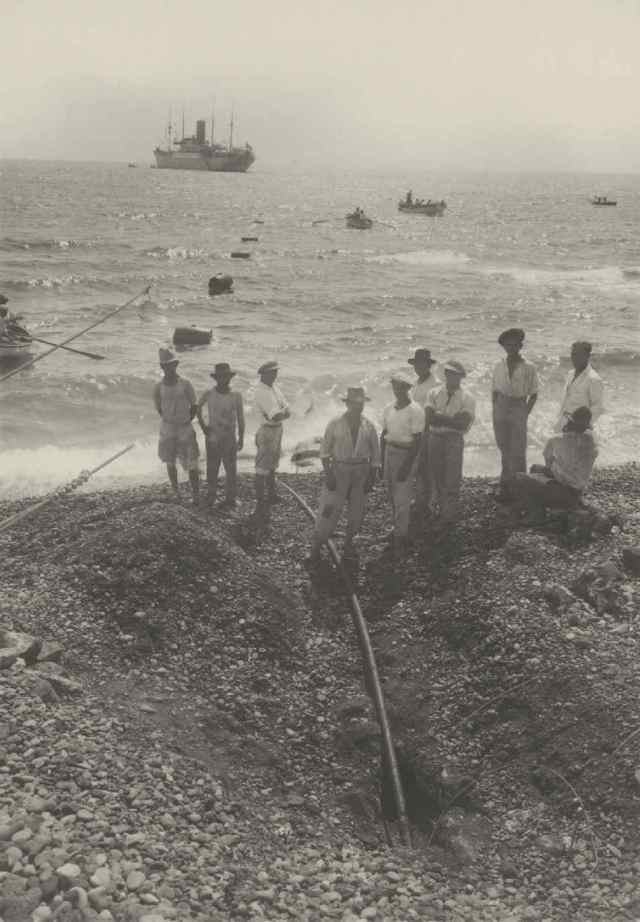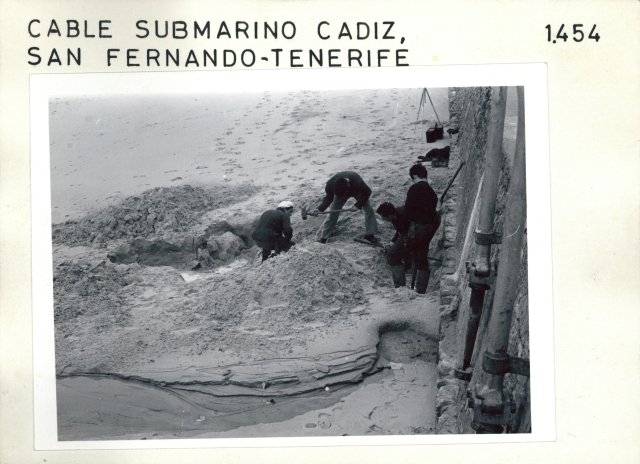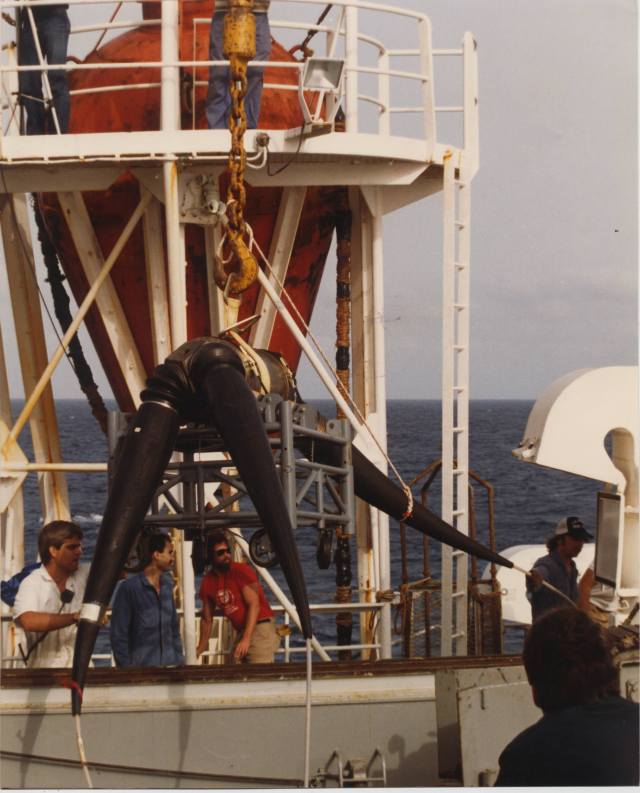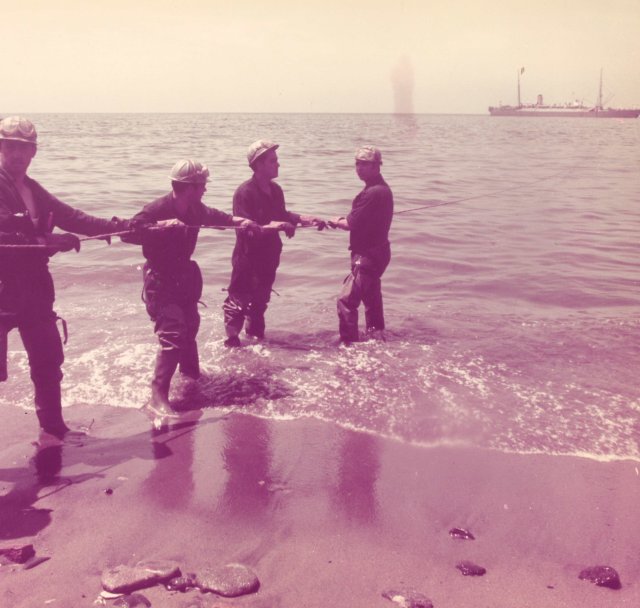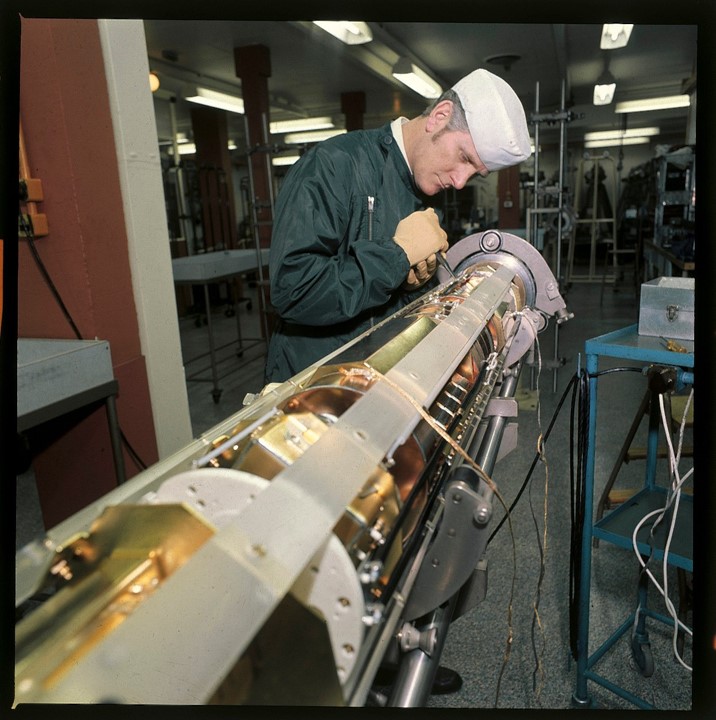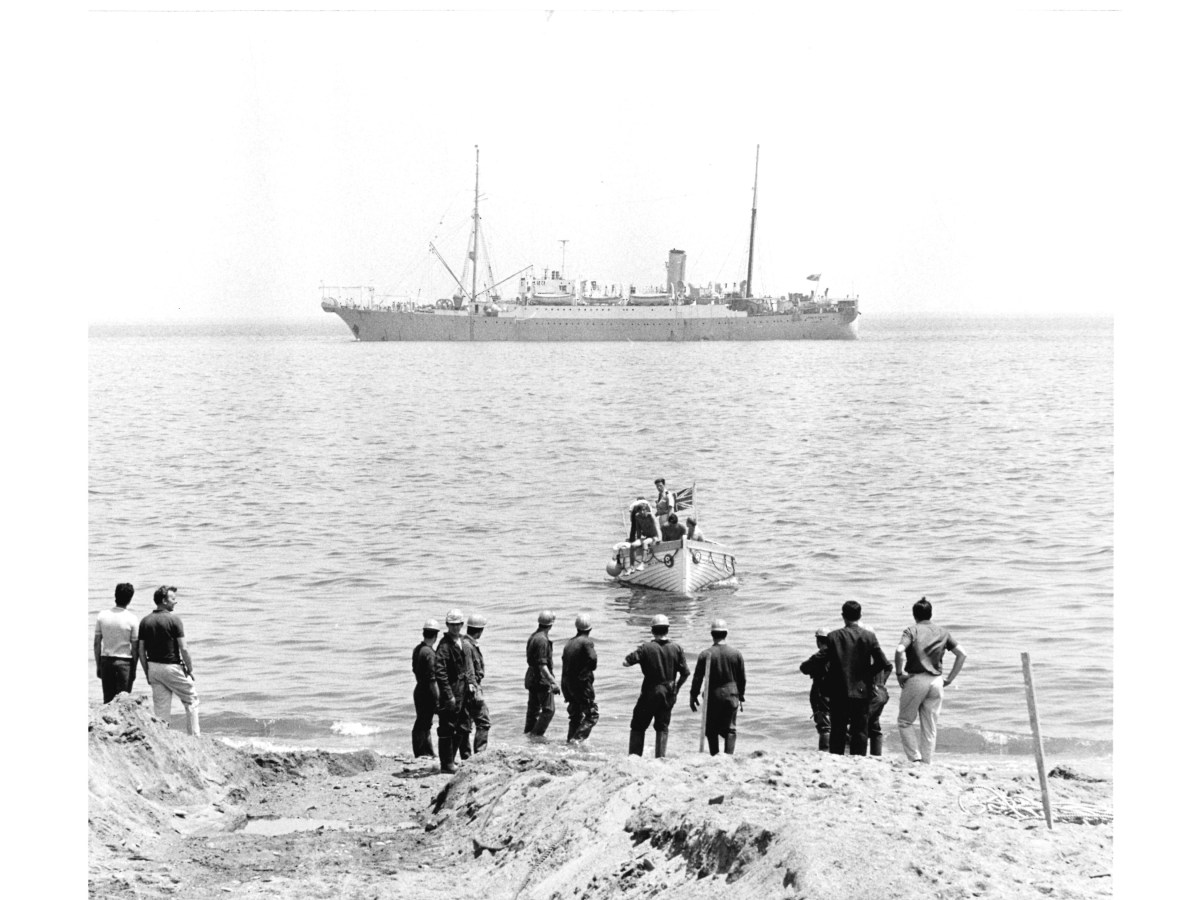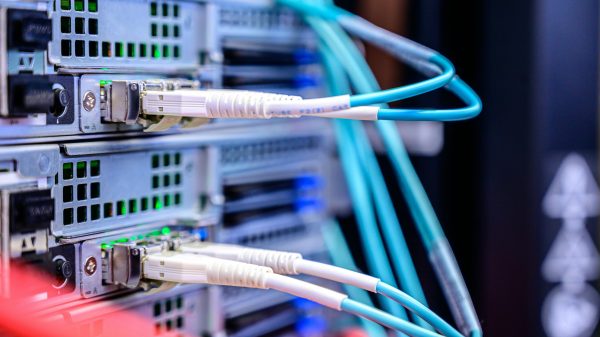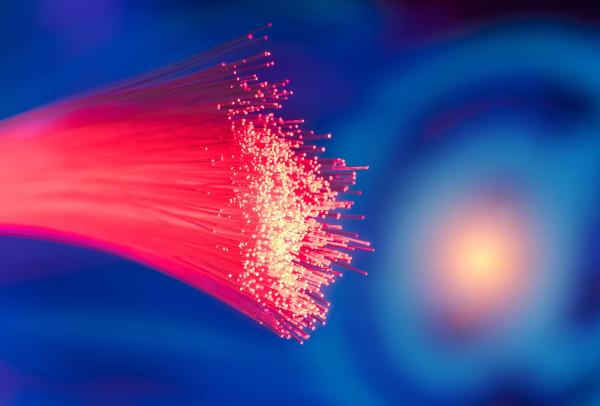Several technologies make the magic of the Internet possible, but the undersea cable allows two people on either side of the Atlantic Ocean to communicate instantaneously.
TAT-8: first submarine fibre-optic cable
The TAT-8 became the first submarine fibre optic cable, inaugurated in 1988, 130 years after the first link between continents, specifically between Ireland and Newfoundland (Canada), although we will see this later.
Formed by a consortium of operators (AT&T, FT and BT among others), the TAT-8 initially had a capacity of 40,000 telephone circuits (i.e. simultaneous calls) between France, the United States and the United Kingdom.
This cable cost USD 335 million, had three fibre optic cables (two live and one safety cable) and was decommissioned in 2002.
Sharks were also a problem for this cable, something that Telefónica is no stranger to, as we explained in the post on the history of the company in the 1980s.
OPTICAN-1: fibre optics on an experimental basis
As early as 1985, fibre optics had already been used experimentally in OPTICAN-1 to test the new technology and perfect deployment, operation and repair techniques.
This deployment cost 6,500 million dollars and was possible thanks to the agreement signed between Telefónica and AT&T, which sought to improve the deficiencies that had been detected in PENCAN-2, which linked Santa Cruz de Tenerife and Las Palmas de Gran Canaria by telephone.
History of submarine cables
As we mentioned before, the first transoceanic submarine cable dates back to the mid-19th century, specifically to 1858, with the link between Ireland and Newfoundland by means of two ships that were in the Atlantic to lay more than 4,000 kilometres of cable.
Eleven days after the union took place, the first message was sent: a congratulatory message from Queen Victoria to the then US President James Buchanan. The message took 17 days to arrive, but although it may seem like a long time now, at the time it was a great success.
After some failures, in 1866 a new thicker cable was laid, with better insulation and greater shielding, to which had to be added a connection speed 80 times faster than the previous one, so we would be talking about the first lasting and effective connection between Europe and America.
The first attempt at a cable was slightly earlier, in 1950, although it was accidentally cut by a fisherman, and linked the United Kingdom and France. Five years later, more than twenty submarine cables had already been installed around the world.
Marea, the cable that connects Spain with the USA
More than a century and a half after the first transoceanic cable, Marea is now 6,600 kilometres long and 200 Tbps, making it one of the world’s largest capacity cables.
This cable from Telxius, owned by Telefónica Infra and one of the leading digital telecommunications infrastructure operators, has revolutionised transatlantic communications and connects Virginia Beach in the United States with the Biscayan town of Sopelana (in Spain) “providing the lowest latency route between the USA and southern Europe”.
This unique route that strengthens global connections has meant that, thanks to its flexible design, Marea has been a turning point.
If you want, you can find out more about Telxius’ submarine cables, the features they have, the routes they cover or other curiosities.
Historical images of Telefónica’s submarine cables
Taking advantage of the fact that we are celebrating our centenary, we encourage you to take a look at the website https://www.telefonica100.com/ where you can find images of the company’s century of history, among which, obviously, you will also find numerous photographs of relevant submarine cables in Telefónica’s history.
Here is a small selection:
